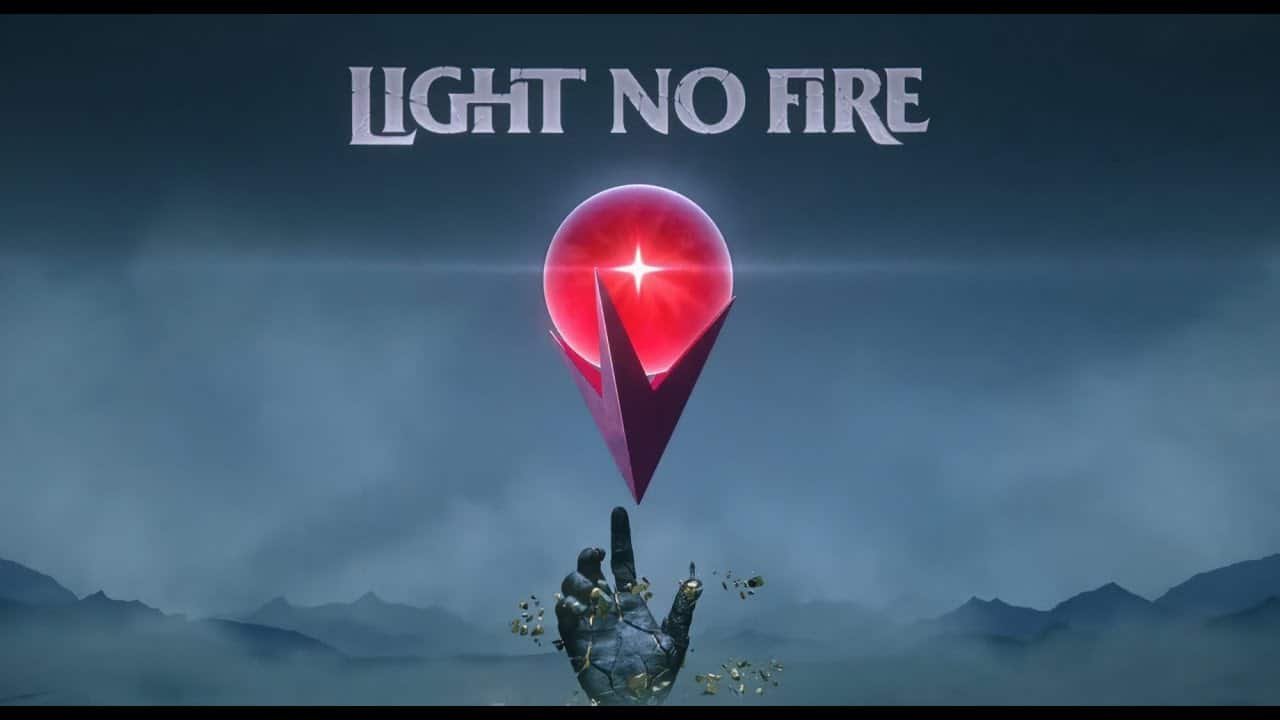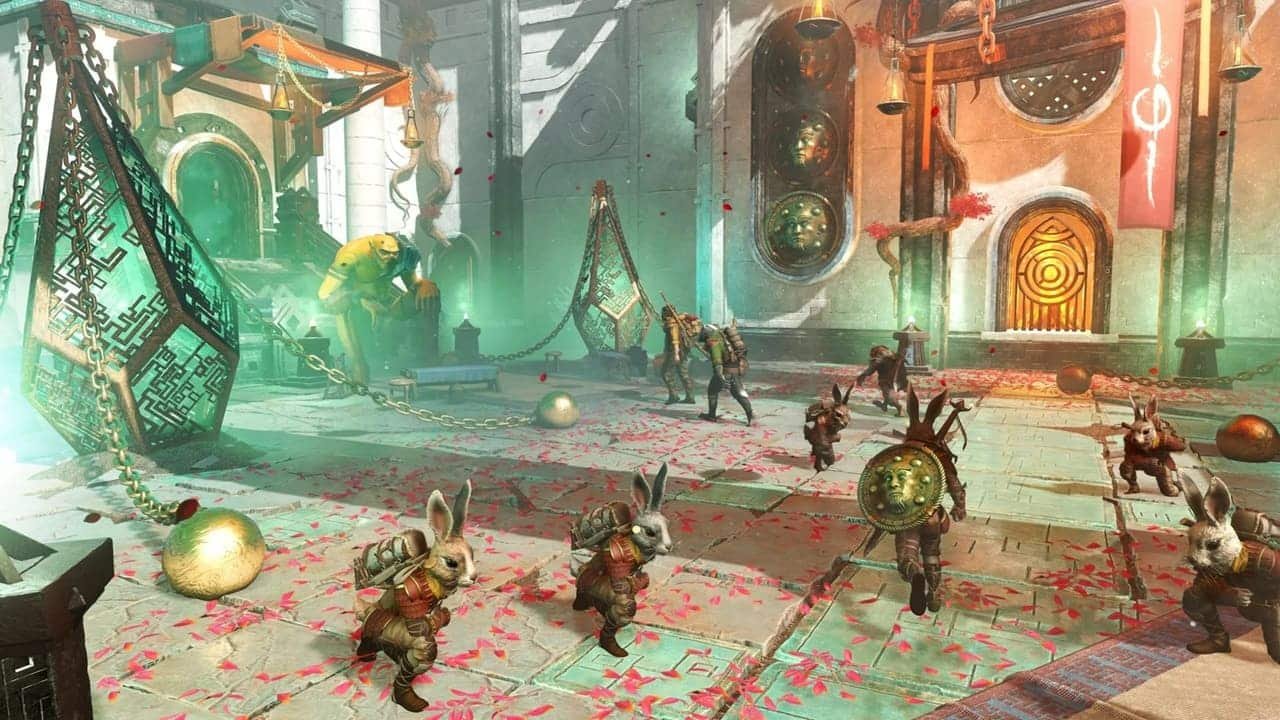
Light No Fire: The Game Where Light Means Life
In the world of light no fire, survival takes on a new meaning. You do not spark a flame; instead, you harness light itself, pure, ghostly, or magical to endure, explore, and thrive. In this survival game concept, the law of fire is broken: no burning wood, no torches, no flame spells. Only light no fire can push back darkness. Welcome to harsh, beautiful world where illumination is your greatest tool and your deadliest weapon.
1. Setting & Atmosphere
Imagine a planet where clouds have covered it forever, or one that is always shrouded in complete darkness. The sun does not come out completely. Instead, small areas of ambient brightness spread over the land, phosphorescent fungi, bioluminescent plants, and the earth is full of glowing minerals and “light-ore” pieces that are deeply underground. Because there is light no fire that is coming from the sun, every canyon, forest, and cavern is shown in bluish glows, muted greens, and soft violet halos.
The forest remains unchanged; it is still riddled with the traps of nature, featuring thick shadows that conceal hungry animals and quicksand. There are also some ghostlike figures that eat light. If there were no fire, you would not be able to light a torch just to look ahead. You need other ways to get the light. Villages and outposts are often situated near luminous wells, crystals, or living, luminescent beasts. Moreover, buildings are also using light conduits, prisms, and fiber-like tubes to move light from the source to the street.
The ruins of ancient civilizations whisper of a time when fire existed, but those lost embers have long since died. Your journey in light no fire is not just about survival, but reclaiming something elemental in a world that has forgotten flame.
2. Core Gameplay Mechanics
-
(a) Light Harvesting & Storage
You carry a “light reservoir,” a magical lantern, crystalline orb, or living jelly-core. That device can absorb ambient glow or light from sources (glowworms, crystals, bioluminescent plants). Each absorption fills the reservoir meter. To prevent overcharge or wastage, you must manage storage carefully.
There are light wells, vibrant centers that emit light pulses, located in various places all over the globe. Although you have the capability to access them, doing so usually causes the guardians to stir or the equilibrium of darkness to be broken.
-
(b) Light Projection & Tools
Once you store light, you can project it. Examples:
- A beam of light that cuts shadows and reveals hidden paths.
- A “light wall” barrier that repels shadow creatures.
- Glow seeds: You plant a seed that pulses faint light for a limited time.
- Light drones: small floating lights you can send ahead into unexplored caves.
Since there is light no fire, you can’t ignite a torch; all illumination must come from stored light or ambient sources. This also means light is a limited resource, and darkness is your enemy.
-
(c) Light vs Darkness Combat
Monsters in the shadows thrive where your light is weak. Some creatures dissolve in intense illumination, others adapt and absorb light. You’ll upgrade your light reservoir, obtain new projection modes, or learn spells that convert light into shards of energy.
Battles revolve around balancing offense and defense: sending out light pulses while maintaining enough illumination to survive. Too little light, and monsters will ambush you. Too much, and you may destabilize your reservoir or attract monstrous attention.
-
(d) Crafting & Base Building
You can build bases around ambient luminescent sources, growing glowing moss, cultivating light mushrooms, and drilling into light-ore veins. Because light no fire is the rule, your base must include light circuits, prismatic windows, light-gathering towers, and backup light turbines (powered by motion, daylight residual, or glowing beasts).
Upgrade paths allow you to tint your base’s light (for aesthetic or tactical advantage), connect light lines across distant outposts, or automate harvesting using light-harvester bots.
-
(e) Exploration & Discovery
Because fire is absent, cave systems are especially dangerous. You explore by extending light “lantern trails” or guiding drones ahead. You unlock old archives or lost temples that once preserved flame knowledge, but now only show cryptic runes referencing “embers of the past.”
Over time, you piece together the lore: why fire vanished, how ancient light-keepers maintained balance, and what your role is in reviving or redefining illumination.
Multiplayer aspects could allow players to share light energy, trade rare light ore, or cooperate to build light barriers around a region.

3. Narrative & Lore Hooks
- The Vanished Flame: Tales refer to an epoch when the element that is fire was abundant. One disaster trapped the earth in darkness, putting out all fire. There are even some artifacts that suggest returning of fire, however it is only possible if the person is familiar with the basic pace of light.
- Light Cults & Shadow Sects: Some factions worship pure light; others revere darkness and seek to extinguish all glow. You might ally with the Light-keepers or challenge the Voidborn.
- The Luminous Heart: A mythical core deep in the planet that pulses with undying radiance. To awaken it might restore fire, or it may unleash darkness.
The lead character slowly but surely develops the power to either take in or give off light and thus becomes an emissary who literally shines with light; however, their life is not without dangers, one of which is that they may be targeted by strong dark creatures.
4. Example Walkthrough (Early Game)
You awaken near a glowing grove of fungi. You have almost drained the energy of your reservoir. To supply your lantern, you take a piece of glowing moss and soak its light into your lamp.” You see ruins ahead. Entering a cave, you deploy a light drone to scout. The cave walls are etched with ancient glyphs referencing “embers long gone.”
Suddenly, a shadow spore creature lunges. You blast it with a short beam from your reservoir, drawing energy from the ambient glow to recharge mid-fight. After defeating it, you venture deeper and discover a small vein of light-ore. You carefully mine it and integrate it into your base’s light conduit system.
5. Tips & Strategies
-
Balance Storage & Output
Don’t overextend light projection; if your reservoir empties at the wrong moment in darkness, you risk being overwhelmed.
-
Scout with Drones or Seeds
Use expendable light sources to explore ahead, revealing dangers before you commit.
-
Light Network Expansion
Build small light posts along travel routes between your bases, so you always have intermediate illumination.
-
Light-ore Priority
Light-ore is rare and powerful. Use it to upgrade reservoir capacity or unlock advanced projection modes.
-
Ambush Zones
Some areas may drain light or twist it. Watch for “black gusts” or shadow storms that interfere with your light systems.
-
Faction Relations
Helping light-worshiping NPCs may give you access to ancient blueprints. But dark-aligned groups may sabotage your supply lines or block your routes.
6. Why “light no fire” Matters (Thematic Strength)
Using light no fire as your central mechanic bursts with thematic resonance. Fire is primal, familiar, and removing it forces players to reimagine survival. Light becomes precious, tactical, mystical. It shifts focus from wood gathering or flame ritual to mastery over luminous energy.
The constraint also challenges level design: no torch-lit corridors, no campfires. Every corridor is eerie, every ruin dim, every glow a beacon. It accentuates the unknown and heightens tension.
Moreover, it invites lore mysteries. Light no fire hints at a lost past, and your journey to restore or redefine illumination becomes your quest not just survival, but enlightenment itself.




